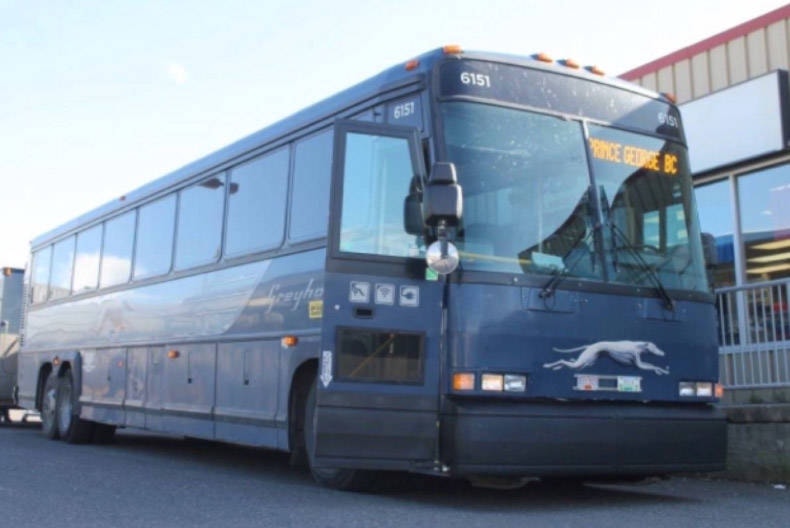Provincial Transportation Minister Claire Trevena remains committed to finding some kind of replacement for the departing Greyhound passenger service along Highway 16, but what shape that may take and when it might surface has yet to be figured out, said Smithers Mayor Taylor Bachrach.
Smithers was one of three stops by Trevena last week in northern B.C. to discuss transportation issues. Bachrach said the minister acknowledged the importance of a long haul passenger service along Highway 16.
“Her ministry takes this seriously and she’s willing to invest the time to look for a solution,” said Bachrach.
Concern about what will happen when Greyhound pulls out of northwestern B.C. grew in February when the provincial Passenger Transportation Board agreed to the company’s request to abandon eight mostly rural passenger lines in B.C. after the company said it was losing money on them because of declining ridership.
Service is scheduled to finish the end of May but the company said it will continue to run freight.
Greyhound several years earlier had received the board’s approval for a first reduction of service along Highway 16.
It’s been affected by a number of factors ranging from economic upturns and downturns to, for example, a bus service operated by the Northern Health Authority to transport people to health care appointments and facilities.
The prospect of adjusting BC Transit’s schedules which now focus on a spoke and hub model along separate routes of Prince George to Burns Lake, Burns Lake to Smithers, Smithers to the Hazeltons and the Hazeltons to Terrace has also been discussed but has significant challenges.
Service from Burns Lake to Hazelton is now Monday, Wednesday and Fridays while service from Hazelton to Terrace is on Tuesday and Thursday.
The routes were just started in the last year and those schedules were set after BC Transit questioned residents along Highway 16 as to what days and what times would work best between the communities.
Bachrach also said there were practical aspects to consider if BC Transit were to be asked to adjust its schedule to more of a through service along Highway 16.
“Greyhound’s buses have washrooms. BC Transit buses are smaller — 20 passengers — and they don’t have washrooms,” he said.
Bachrach also said that although there has been much discussion about Via Rail as a viable passenger alternative, its own schedule which is three times a week works against the prospect.
For its part Greyhound has suggested a community transportation fund be created which would then form the basis for companies to bid on providing a passenger service. But two weeks ago one of its senior officials in Western Canada said no one had responded to the suggestion.
